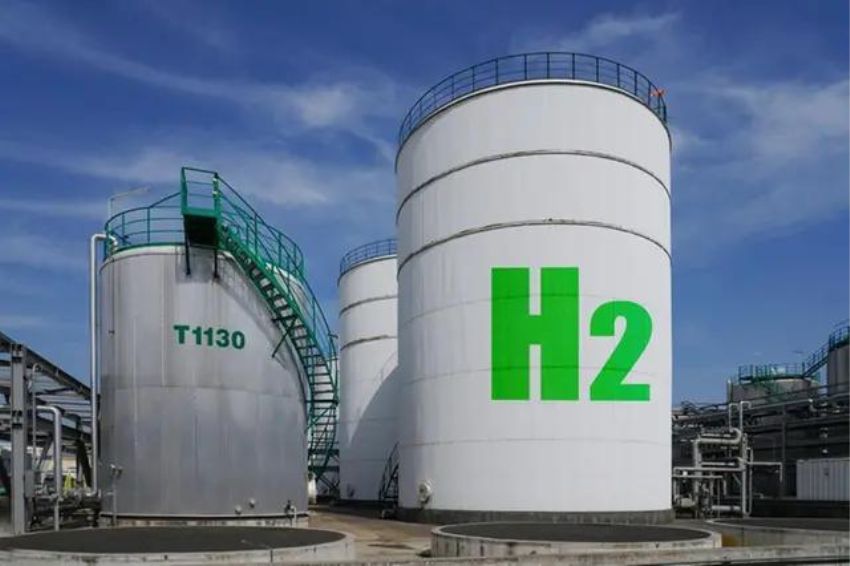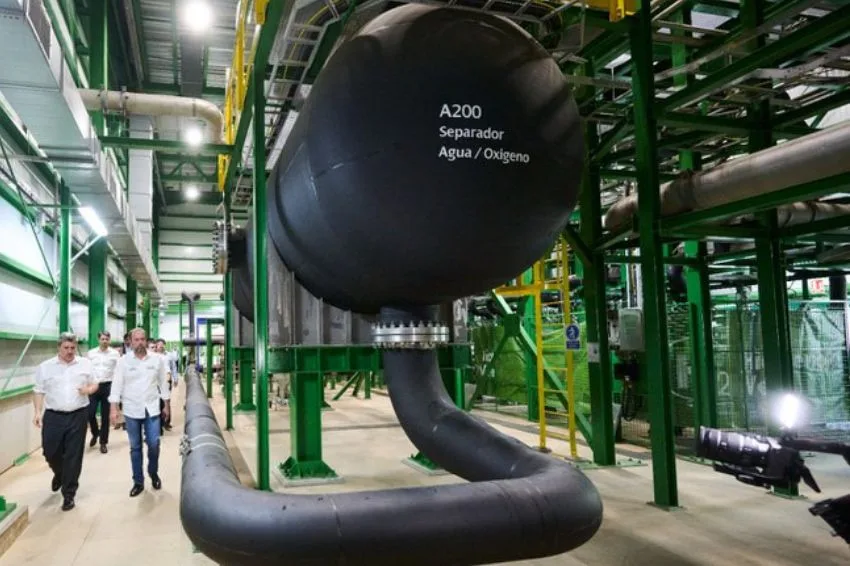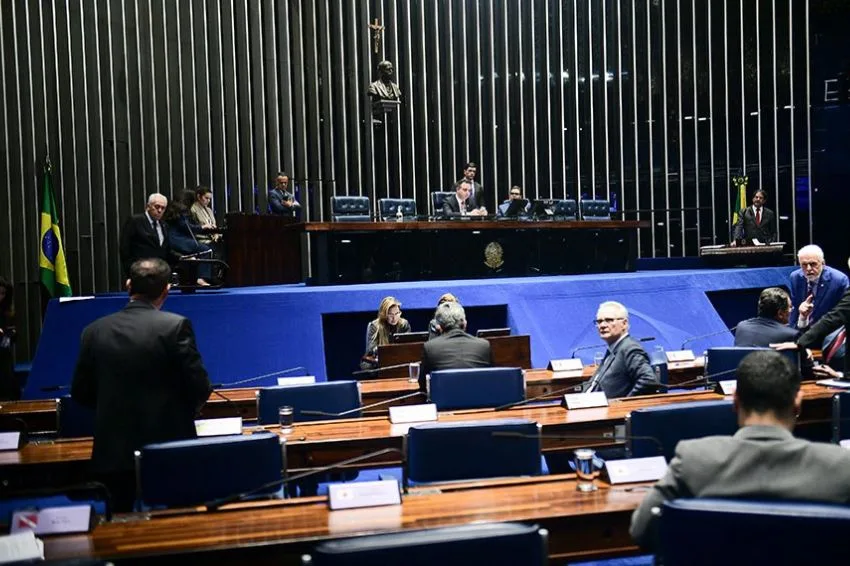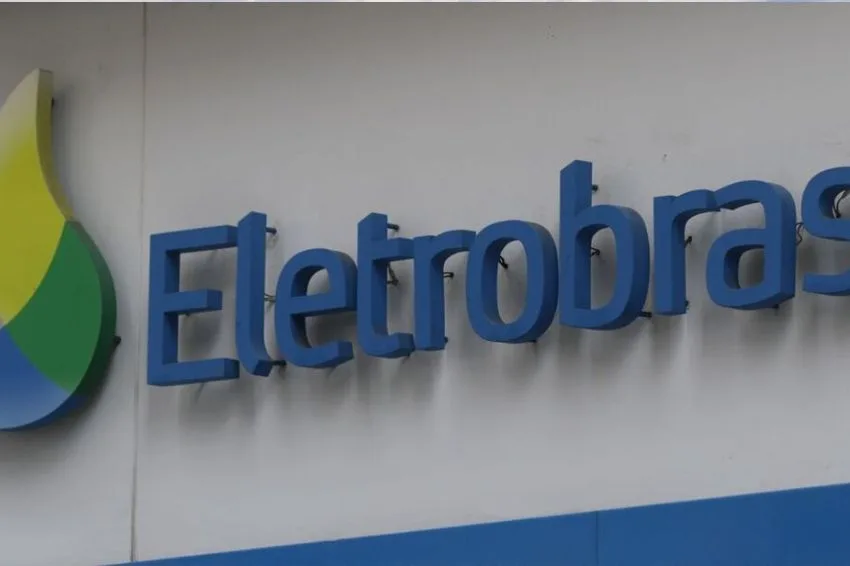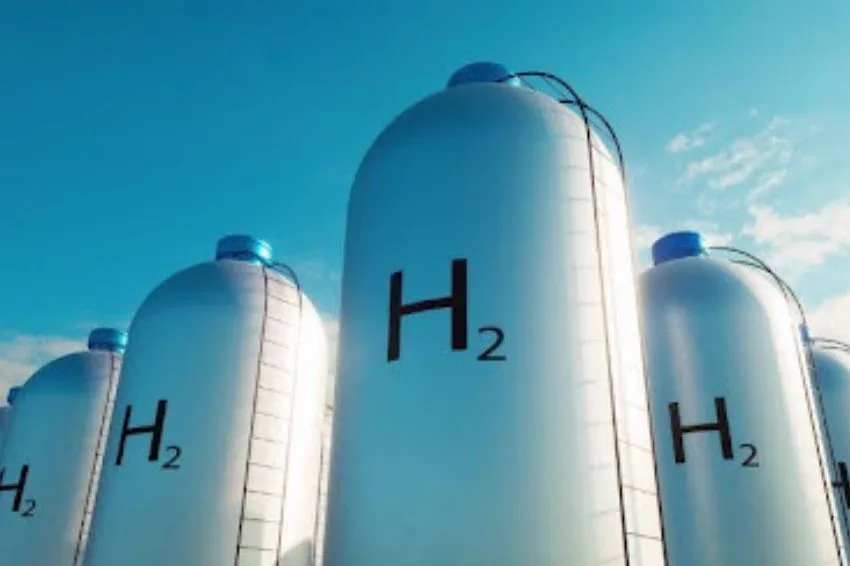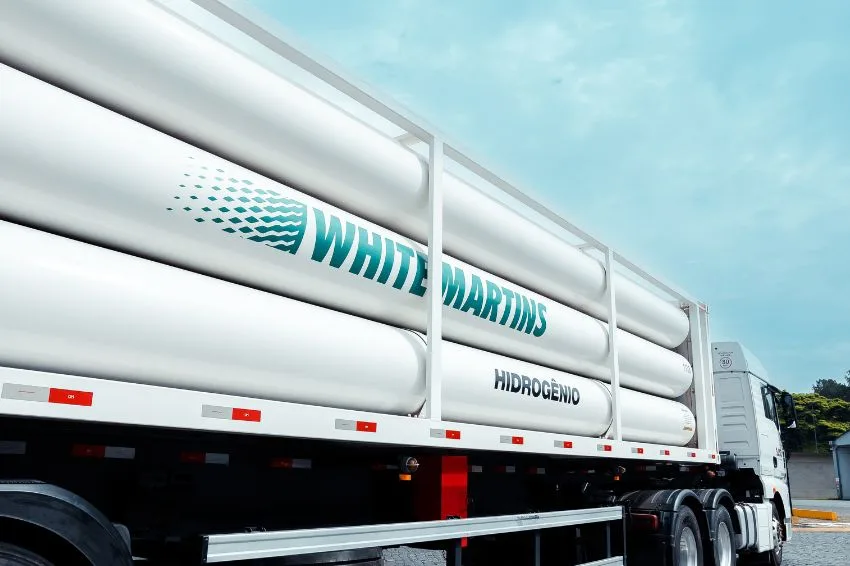The impetus behind the H2V (green hydrogen) continues to grow despite the slow implementation of financial incentives and persistent cost pressures that threaten to delay projects. This is what a new IEA (International Energy Agency) report.
According to Global Hydrogen Review 2023, production levels could still increase substantially by 2030 if all announced projects are carried out and greater efforts are made to encourage uptake.
The number of announced low-emission hydrogen projects continues to expand rapidly, while more than 40 countries around the world have defined national hydrogen strategies to date.
However, installed capacity and volumes remain low as developers await government support before making investments. As such, H2V still represents less than 1% of global hydrogen production and utilization
In a context of global energy crisis, the study found that, due to high inflation and disruptions in the supply chain, new projects face increasing costs, at least temporarily, which threaten long-term profitability.
“This confluence of factors is particularly damaging for an industry that faces high initial costs related to the manufacture, construction and installation of equipment,” explained the IEA.
Implementation of electrolysers
Despite economic headwinds, electrolyzer deployment is starting to accelerate. By the end of 2022, research indicated that electrolyzer capacity for hydrogen production had reached nearly 700 MW.
Based on projects that have reached final investment decision or are under construction, total capacity could more than triple to 2 GW by the end of 2023, with China responsible for half of this amount.
If all announced projects come to fruition, a total of 420 GW could be achieved by 2030, an increase of 75% compared to the Agency's 2022 assessment.
“We have seen incredible momentum behind low-emissions hydrogen projects in recent years, which could have an important role to play in energy-intensive sectors such as chemicals, refining and steel,” said Fatih Birol, executive director from the IEA.
“But a challenging economic environment will now test the resolve of hydrogen developers and policymakers to carry out planned projects. Further progress in technology, regulation and demand creation is needed to ensure that low-emission hydrogen can realize its full potential”, he pointed out.
Efforts fall short
In addition to the challenges faced by manufacturers and developers, the study also concluded that efforts to stimulate demand for green hydrogen fall short of what is needed to meet climate ambitions.
Global hydrogen utilization reached 95 million tons in 2022, an increase of almost 3% compared to the previous year. There was strong growth in demand in all the main consumer regions, except in Europe, which suffered an impact on industrial activity due to the sharp increase in natural gas prices.
However, the use of H2V remains very limited, representing just 0.6% of total hydrogen demand. As a result, the production and use of hydrogen in 2022 released around 900 million tons of CO2 into the atmosphere.
The report outlines how low-emission hydrogen could be an opportunity for countries to propel their economies into the future by creating new industrial supply chains.
Government funding programs are already available through, for example, the US Clean Hydrogen Production Tax Credit, the European Union's Important Projects of Common European Interest and the UK Low Carbon Hydrogen Business Model. However, long time gaps between policy announcements and implementation are causing developers to delay projects.
Annual H2V production
Annual production of green hydrogen could reach 38 million tons per year in 2030, if all announced projects are implemented, with almost three quarters coming from electrolyzers that run on renewable energy and the remainder using fossil fuels with capture, use and storage of carbon.
According to the IEA, the best prospects for using hydrogen with low emissions are in industrial sectors that are difficult to reduce, through the replacement of hydrogen produced from uninterrupted fossil fuels. However, progress has been slow.
The report suggests several measures for governments to reduce the risks and improve the economic viability of H2V, such as the effective provision of support schemes, bolder actions to stimulate demand and the resolution of market barriers such as licensing and authorization.
“Furthermore, establishing international hydrogen markets requires cooperation to develop common standards, regulations and certifications,” they concluded.


